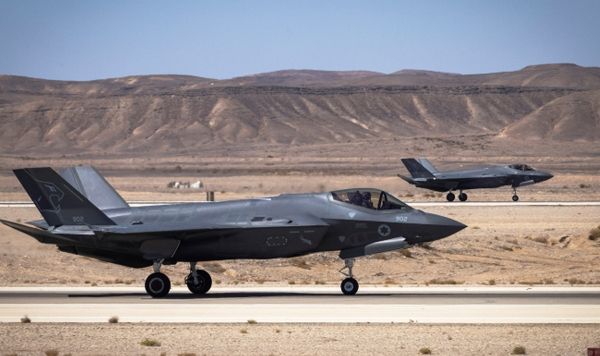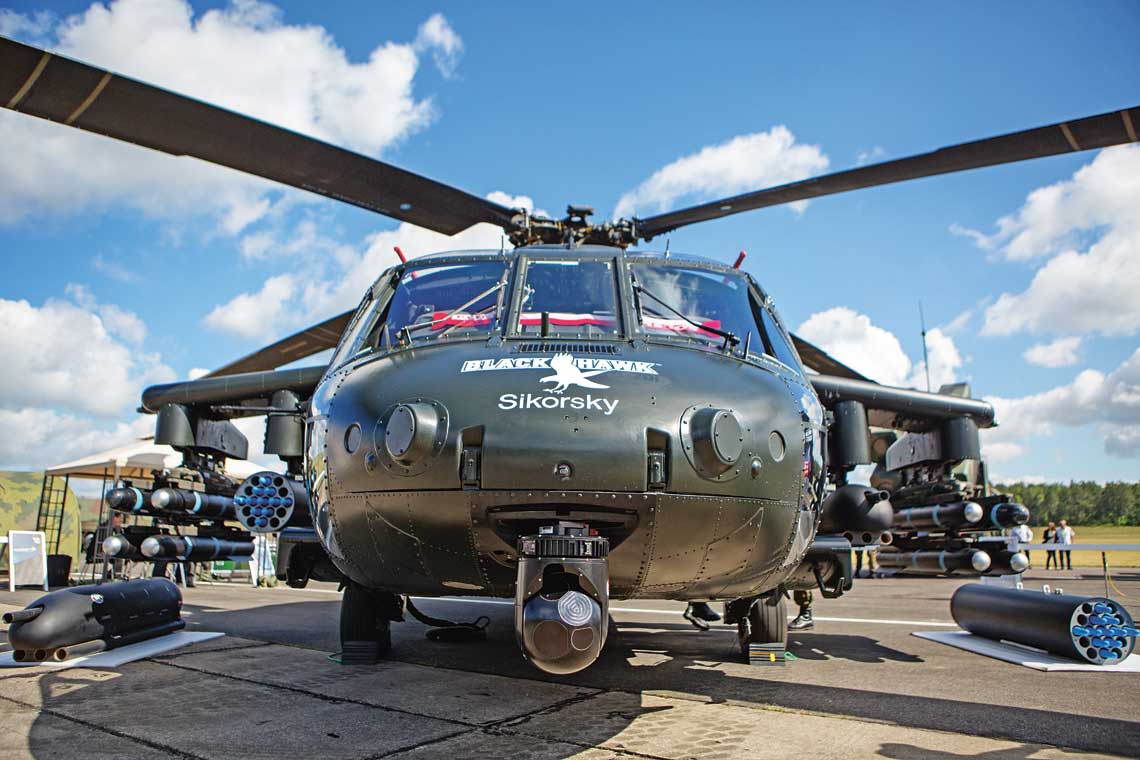
Adir introduced to the world

The first F-35I Adir is unveiled at Lockheed Martin's Fort Worth plant on June 22.
On June 22, at the Lockheed Martin plant in Fort Worth, a ceremony was held to present the first multi-role combat aircraft F-35I Adir, that is, the F-35A Lightning II variant developed for the Israeli Air Force. The “feature” of this version stems from the special relationship between Washington and Jerusalem, as well as the specific operational needs of this Middle Eastern state. Thus, Israel became the seventh country to receive this type of machine from the manufacturer.
For years, Israel has been a key ally of the United States in the inflamed Middle East region. This situation is the result of regional rivalry between the US and the USSR during the Cold War, and military cooperation between the two countries intensified after the Six Day War, when Western European states imposed an arms embargo on Israel. Since the signing of the peace agreement between Israel and Egypt at Camp David in 1978, these two neighboring countries have become the main beneficiaries of US FMF military assistance programs. In recent years, Jerusalem annually receives about 3,1 billion US dollars from this, which is spent on weapons purchases in the United States (according to US law, funds can be spent on weapons produced in at least 51% of the US territory). For this reason, some Israeli weapons are made in the US, on the other hand, it also makes them easier to export. Moreover, in this way - in many cases - key modernization programs are financed, including the acquisition of promising multi-role combat aircraft. For many years, vehicles of this class have been Israel's first line of defense and attack (unless, of course, a decision is made to use nuclear weapons), delivering precise strikes against strategically important targets in countries considered hostile to Israel. These include, for example, the famous raid on an Iraqi nuclear reactor in June 1981 or the attack on similar facilities in Syria in September 2007. In order to maintain an advantage over potential adversaries, Israel has been trying for many years to buy the latest types of aircraft in the United States, which , moreover, are subjected, sometimes quite profoundly, to modifications by the forces of local industry. Most often they relate to the assembly of extensive electronic warfare systems and the integration of their own developments of high-precision weapons. The fruitful collaboration also means that American manufacturers such as Lockheed Martin are also benefiting from the Israeli expertise. It is from Israel that most of the electronic equipment on advanced versions of the F-16C / D, as well as external fuel tanks for 600 gallons.
The F-35 Lightning II was no different. Israeli purchases of new turn-of-the-century aircraft from the United States (F-15I Ra'am and F-16I Sufa) were quickly canceled by the Arab states, which, on the one hand, purchased a significant number of multi-role combat aircraft from the United States (F-16E / F - UAE, F-15S / SA Strike Eagle - Saudi Arabia, F-16C / D Block 50 - Oman, Block 52/52+ - Iraq, Egypt) and Europe (Eurofighter Typhoon - Saudi Arabia, Oman, Kuwait and Dassault Rafale - Egypt, Qatar ), and on the other hand, they began to purchase promising Russian-made anti-aircraft systems (S-300PMU2 - Algeria, Iran).
In order to gain a decisive advantage over potential adversaries, in the middle of the first decade of the 22st century, Israel tried to force the Americans to agree to the export of F-35A Raptor fighters, but a firm "no" and the closure of the production line at the Marietta plant effectively stopped negotiations. For this reason, attention was focused on another Lockheed Martin product under development at the time, the F-16 Lightning II. The new design was supposed to provide a technical advantage and allow the oldest F-100A / B Nec to be removed from the line. Initially, it was assumed that 2008 copies would be purchased, but already in 75 the State Department revealed an export application for 15,2 copies. It is important to note that Israel has begun to consider the purchase of both classic takeoff and landing versions of the A and vertical versions of the B (more on that later). The aforementioned package was valued at US$19 billion, much more than decision makers in Jerusalem had anticipated. From the very beginning of the negotiations, the bone of contention was the cost and the possibility of self-service and modification by Israeli industry. Ultimately, the contract for the purchase of the first batch of 2011 copies was signed in March 2,7 and amounted to approximately 2015 billion US dollars. Most of this amount came from the FMF, which effectively limited Hejl HaAwir's other modernization programs - incl. receipt of refueling aircraft or VTOL transport aircraft. In February XNUMX, an agreement was signed to purchase the second tranche, incl.
only 14 cars. In total, Israel will receive 5,5 aircraft worth $33 billion, which will be sent to the Nevatim air base in the Negev desert.
